Moving from one floor to another of the Tower, it is worth noting the play on architecture that intersects two flights of stairs, one for visitors and one emergency staircase, without ever making them intercommunicate directly, although making them visible to each other through a glass partition. Perhaps it would be more enticing to see other visitors through the glass wall, but being able to sneak a peek outside the usual museum path inside areas of the building where access is not allowed, is albeit interesting and stimulating for the imagination. The third room, although hosting the largest number of works, appears to be the most agoraphobic: the central area is practically empty while the works by Edward and Nancy Reddin Keinholz obstinately stick to the walls, as if they were afraid of falling off, whereas those of Mona Hatoum isolate themselves at the back of the room. A forlorn wheelchair, which at first seems of little importance, is placed almost against the back glass wall: the outcast has taken refuge at the edge of the room and the transparency of the glass behind the wheelchair suggests that it is precariously balancing on the edge, ready to throw itself off. Upon approaching “Wheelchair” (1998), however, we begin to doubt its innocence: the coldest and most antiseptic steel imaginable, without any concession to comfort or formal pleasantness, has been used to produce the chair; the seat, as well as the backrest, are nothing more than sheets of iron with folding edges to be wrapped around the tubes of the structure, while the armrests are little more than rectangular bulges. It almost seems as if the metal were afraid of hosting someone and therefore, while doing the bare minimum to make it possible, does not make the slightest effort to make it desirable. The result looks more like a hospital shelf forcibly transformed into a wheelchair rather than a real wheelchair. Its most lethal weapon designed to distance others is also the most hidden: one must circle the object in order to find that the handles, usually used to push the wheelchair, are none other than two knives, all the more threatening in that they are expressionless; pure defence mechanisms devoid of cruelty, but only mechanical ability to respond to a threat (real or imagined). Another work by Hatoum is equally bleak: “Remains of the Day” (2016) is a pile of charred wood held up by metal nets that give it the structure of a table, various chairs, a bed, stools and a rolling pin. The combustion moves towards a decomposing effect and therefore the message of destruction in the work can be defined to your liking according to the tempus fugit warning, the ubi sunt or the war and bombings which have for too long inflamed the homeland of the Palestinian artist. Skeletons of things, ideas, news, information and writings remain, while matter perishes. Hatoum’s third work is cynical even if more aesthetic; a carpet created with pins which, exhibit wise, like “Wheelchair” is left on its own. If, on the one hand, it gives the impression of innocent daily danger and desperation wanted by the artist, on the other hand, it leaves the observer in an interpretative limbo. The work, for its part, finds itself in a situation halfway between being helpless against faltering interpretations (but also without protection from the visitor’s feet) and resistant to an organic understanding, which results in a sense of global detachment. This feeling is not only perceived in the case of the installation on the floor in question, but comes out at intervals along the entire itinerary. The Kienholz couple, on the other hand, are represented by strange devices produced by using radios, lamps that turn on, cables, sickles, photographs, cages, sawfish bones, Nazi medals, which offer the viewer pedals that when stepped on play various works by Wagner. The idea of “waste playing Wagner” can render the concept of the depravity always lurking in communication, also considering that the radios date back to the Third Reich period and therefore had surely transmitted the words of Adolf Hitler to German households.
The fifth floor sets the stage for the dialogue between form and matter led by Pino Pascali and Michael Heizer. The room is lit up from the east as well as from the west and is in this sense crossed over by the installation “Confluenze” (1967) by the Italian artist. Here we find low-lying square tanks aligned in two rows containing methylene blue coloured water; at the heads of the two blue lines the wooden pillar “Meridiana” (1968) covered in steel wool and foam rubber, and another artwork, which seems to be a giant hairy Ottoman (“Pelo” also 1968), have been erected. The walls address two different types of works by the American artist: one dates back to the Seventies where wooden structures with different shapes welcome canvases with conspicuous stitching, painted in two-toned colour with polyvinyl latex and aluminium, while the other is made up of two steel structures dating back to 1996 “Negative Steel Circle” and “Negative Steel Square”. Heizer, who is famous for having taken negative shapes from earth and stone creating enormous cracks and ditches, here manifests a more cerebral and less spectacular side of his research. These works seem to create a bridge between Minimalism, the tri-dimensional works of Frank Stella from the Sixties and the Seventies, analytic painting and a cruder and more imposing representation of matter typical of the Nineties.
Leaving behind the sixth and seventh floors, which, as mentioned previously, house a bar and restaurant, our attention is captured while accessing the eighth floor from the staircase and, when climbing the last few steps we are confronted with the sound of running water coming from within the room. As we enter the room which leads to the exhibit, a sign reads that here are housed works by William N. Copley and Damien Hirst and that the sound similar to rain which was heard as we entered the room is in fact part of the installation of the latter: in a large square shadowbox with white reinforced steel corners, two plastic duckies float in a few centimeters of water with an umbrella hanging over their heads in an attempt to protect them from the tubes of the container located on the ceiling which showers the two fake feathered friends. At first, we are tempted to smile tenderly when we see the duckies floating in the artificial “pond” in a reproduction of slightly British weather conditions (corroborated by the black umbrella). We are lead to believe that they are as wet as chicks (an ornithological play on words) and like Disney animals have found a bizarre and human way of protecting themselves. However, certain considerations immediately spring to mind: the rain above their heads which nourishes their habitat on the floor is created by a hydraulic pump which periodically brings the water from the bottom to the top; the title of the work is “Tears for Everybody Looking at You”; the duckies can survive only thanks to the shower of water which accumulates under them permitting them to swim; what they must protect themselves from is what keeps them alive, or better, what defines the condition of their lives. If, from an auditory point of view, we are initially attracted to this work, visually, on the other hand, it is the large black monochrome work on the back wall to the left which captures our attention. Huge (it could be about four metres by four or maybe more), looming, dark, reminiscent of the black holes by Nanda Vigo and the funnels of light by Anish Kapoor. As the distance between the work and the spectator diminishes it becomes blurry, almost kinetic and a few centimetres before reaching it we understand the source of its colour: “The Last Judgement” is entirely composed of dead flies glued to the resin. The discovery is disgusting in view of the enormous number of flies sacrificed in order to create a work of art. It also triggers a series of dilemmas: no one ever sheds a tear for the flies considered worthless creatures and who die by the thousands in front of our eyes, so much so that we are used to referring to victims of famine and plague as “dying in swarms like flies”. The animal that more often accompanies Death is a victim of a cruel fate, the Final Judgement of an atheist god named Nature with Hirst who unnaturally takes his place. The Englishman seems to play with these inferior creatures just as the Homeric goddesses used to do with soldiers before the Trojan Walls: as the Gods and the humans shared submission under the power of Fate, the author and the beholder of this work, share with the flies the inevitability of death.
It therefore seems that the artist is not really all that guilty with regards to this slaughter: he only brought to light the will of a whimsical divinity/being, masterfully recreating the depth of the abyss by John Martin as well as Hieronymus Bosch’s swarming of wretched beings in an horrific atmosphere which intersects romantic sublimity with clean formal minimalism.
Simone Costantini
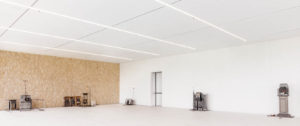 Immagine del progetto “Atlas” Torre – Fondazione Prada, Milano Foto Delfino Sisto Legnani e Marco Cappelletti Courtesy Fondazione Prada
Immagine del progetto “Atlas” Torre – Fondazione Prada, Milano Foto Delfino Sisto Legnani e Marco Cappelletti Courtesy Fondazione Prada
da sinistra a destra: Edward Kienholz & Nancy Reddin Kienholz Notung (from the Volksempfängers series), 1976 – Edward Kienholz & Nancy Reddin Kienholz Die Nornen (from the Volksempfängers series), 1976 – Edward Kienholz & Nancy Reddin Kienholz Der Zementkasten (from the Volksempfängers series), 1976 – Edward Kienholz & Nancy Reddin Kienholz Der Ofenschirm (from the Volksempfängers series), 1975 – Edward Kienholz & Nancy Reddin Kienholz Brunhilde (from the Volksempfängers series), 1976
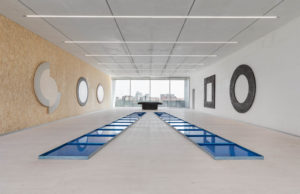 Immagine del progetto “Atlas” Torre – Fondazione Prada, Milano Foto Delfino Sisto Legnani e Marco Cappelletti Courtesy Fondazione Prada
Immagine del progetto “Atlas” Torre – Fondazione Prada, Milano Foto Delfino Sisto Legnani e Marco Cappelletti Courtesy Fondazione Prada
da sinistra a destra: Michael Heizer Russian Constructivist Painting 3, 1974 (1998) – Michael Heizer Untitled no. 5, 1974 – Michael Heizer Untitled no. 9 , 1974 – Pino Pascali Confluenze, 1967 – Pino Pascali Pel o, 1968 – Michael Heizer Negative Steel Square, 1996 – Michael Heizer Negative Steel Circle, 1996
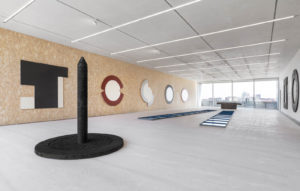 Immagine del progetto “Atlas” Torre – Fondazione Prada, Milano Foto Delfino Sisto Legnani e Marco Cappelletti Courtesy Fondazione Prada
Immagine del progetto “Atlas” Torre – Fondazione Prada, Milano Foto Delfino Sisto Legnani e Marco Cappelletti Courtesy Fondazione Prada
da sinistra a destra: Michael Heizer Untitled #3, 1975 – Pino Pascali Meridiana, 1968 – Michael Heizer Russian Constructivist Painting I, 1974 – Michael Heizer Russian Constructivist Painting 3 , 1974 (1998) – Michael Heizer Untitled no. 5, 1974 – Michael Heizer Untitled no. 9, 1974 – Pino Pascali Confluenze, 1967 – Pino Pascali Pelo, 1968
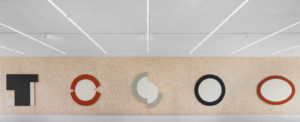 Immagine del progetto “Atlas” Torre – Fondazione Prada, Milano Foto Delfino Sisto Legnani e Marco Cappelletti Courtesy Fondazione Prada
Immagine del progetto “Atlas” Torre – Fondazione Prada, Milano Foto Delfino Sisto Legnani e Marco Cappelletti Courtesy Fondazione Prada
da sinistra a destra: Michael Heizer Untitled #3, 1975 – Michael Heizer Russian Constructivist Painting I , 1974 – Michael Heizer Russian Constructivist Painting 3, 1974 (1998) – Michael Heizer Untitled no. 5, 1974 – Michael Heizer Untitled no. 9, 1974
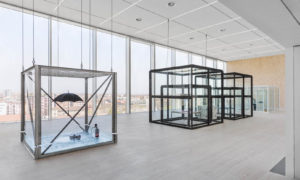 Immagine del progetto “Atlas” Torre – Fondazione Prada, Milano Foto Delfino Sisto Legnani e Marco Cappelletti Courtesy Fondazione Prada
Immagine del progetto “Atlas” Torre – Fondazione Prada, Milano Foto Delfino Sisto Legnani e Marco Cappelletti Courtesy Fondazione Prada
da sinistra a destra: Damien Hirst Tears for Everybody’s Looking at You, 1997 – Damien Hirst Waiting for Inspiration ( Red and Blue), 1994 – Damien Hirst A Way of Seeing, 2000
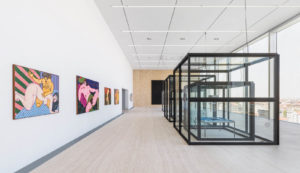 Immagine del progetto “Atlas” Torre – Fondazione Prada, Milano Foto Delfino Sisto Legnani e Marco Cappelletti Courtesy Fondazione Prada
Immagine del progetto “Atlas” Torre – Fondazione Prada, Milano Foto Delfino Sisto Legnani e Marco Cappelletti Courtesy Fondazione Prada
da sinistra a destra: William N. Copley Rape of Lucretia, 1972 – William N. Copley Gathering of the Clan, 1974 – Damien Hirst Waiting for Inspiration (Red and Blue), 1994
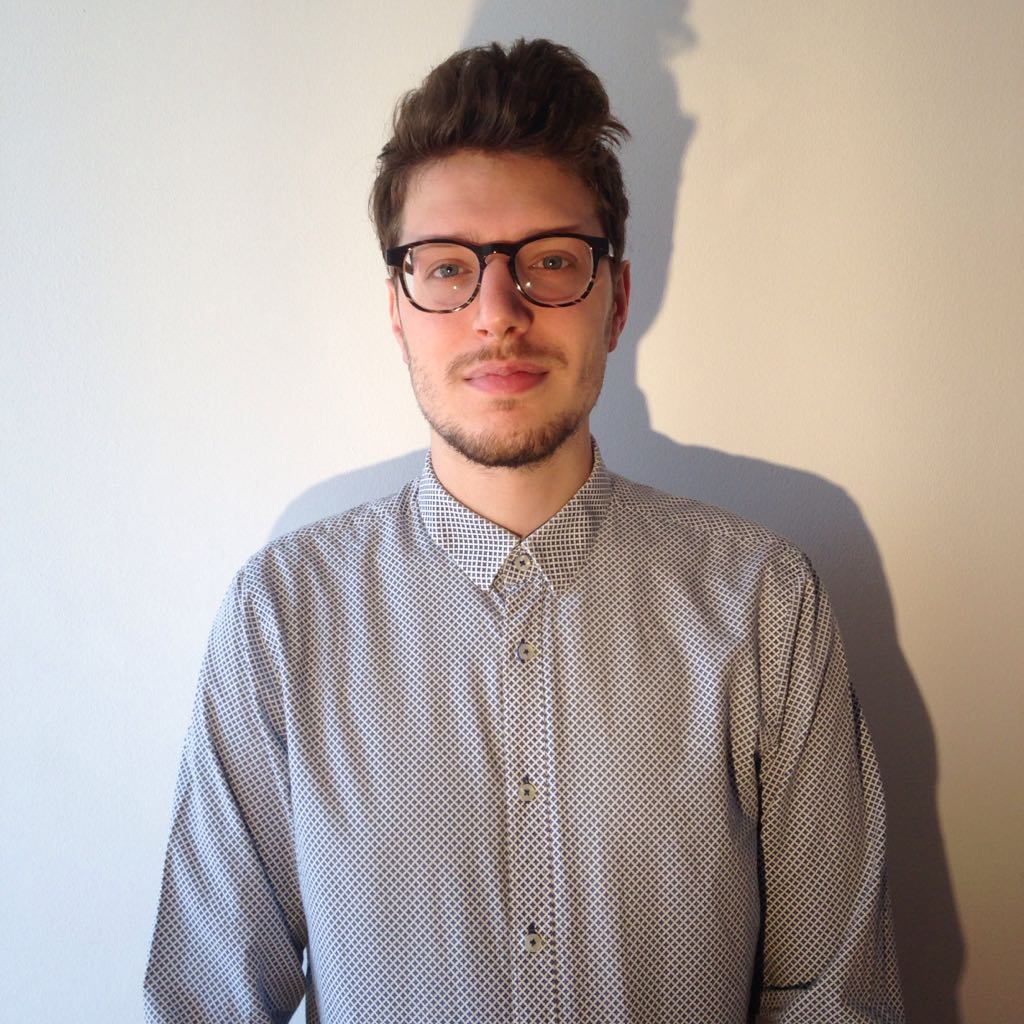




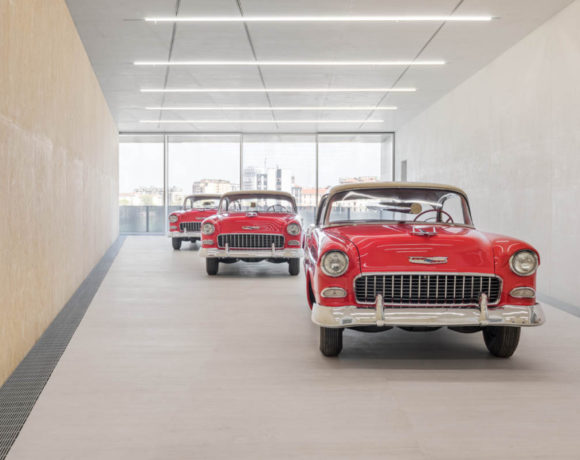

NO COMMENT